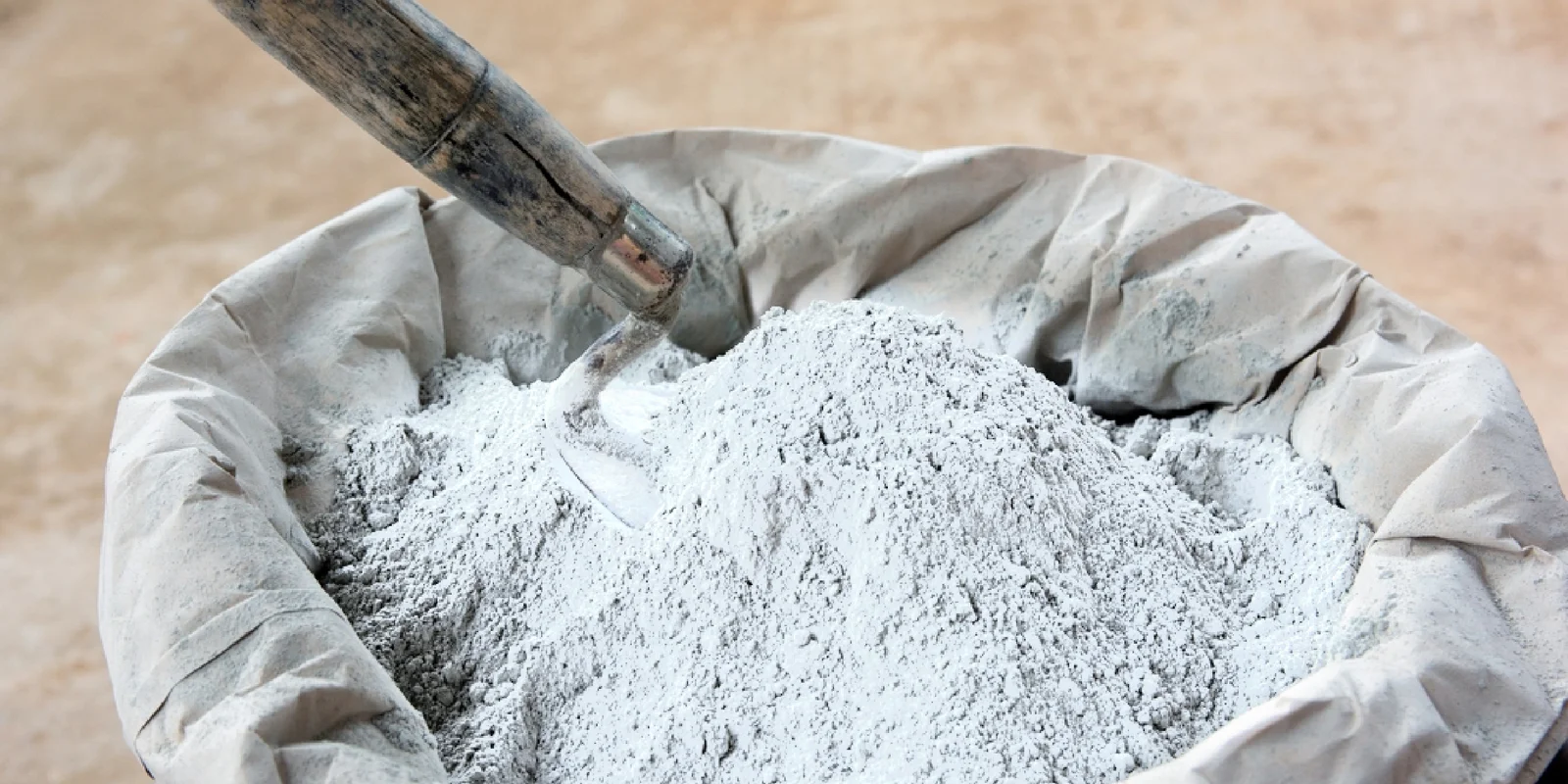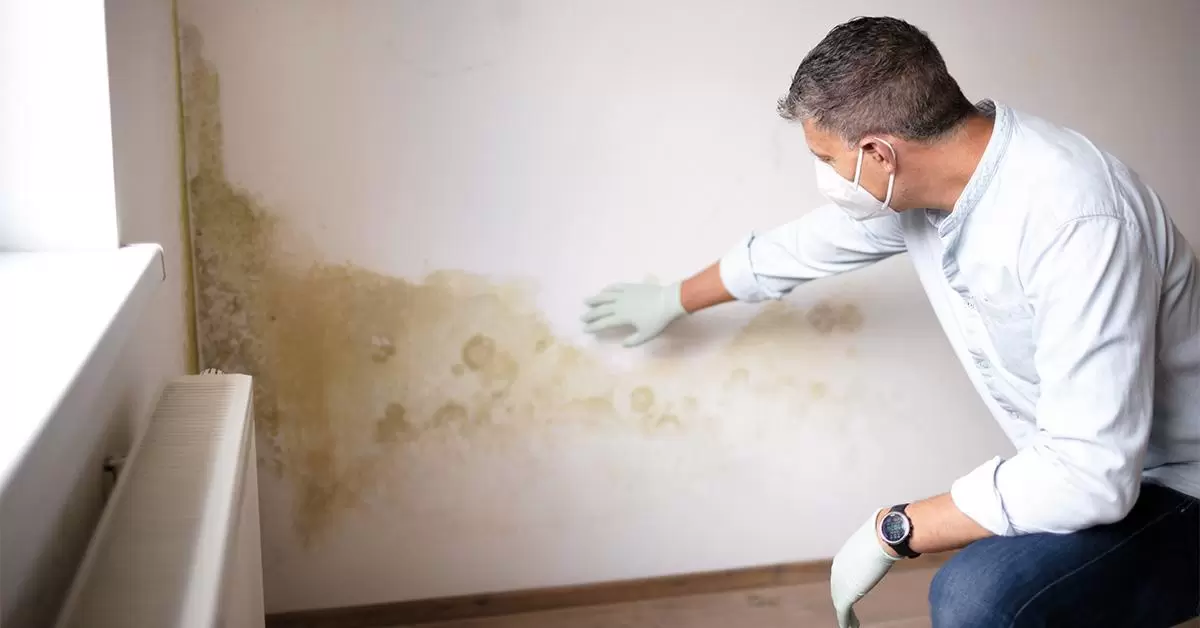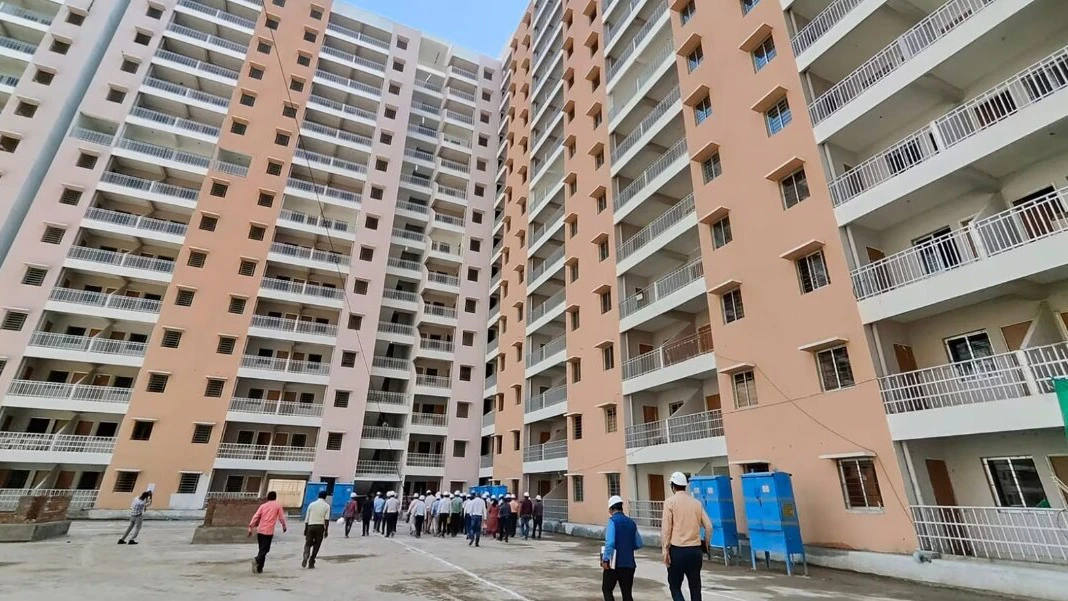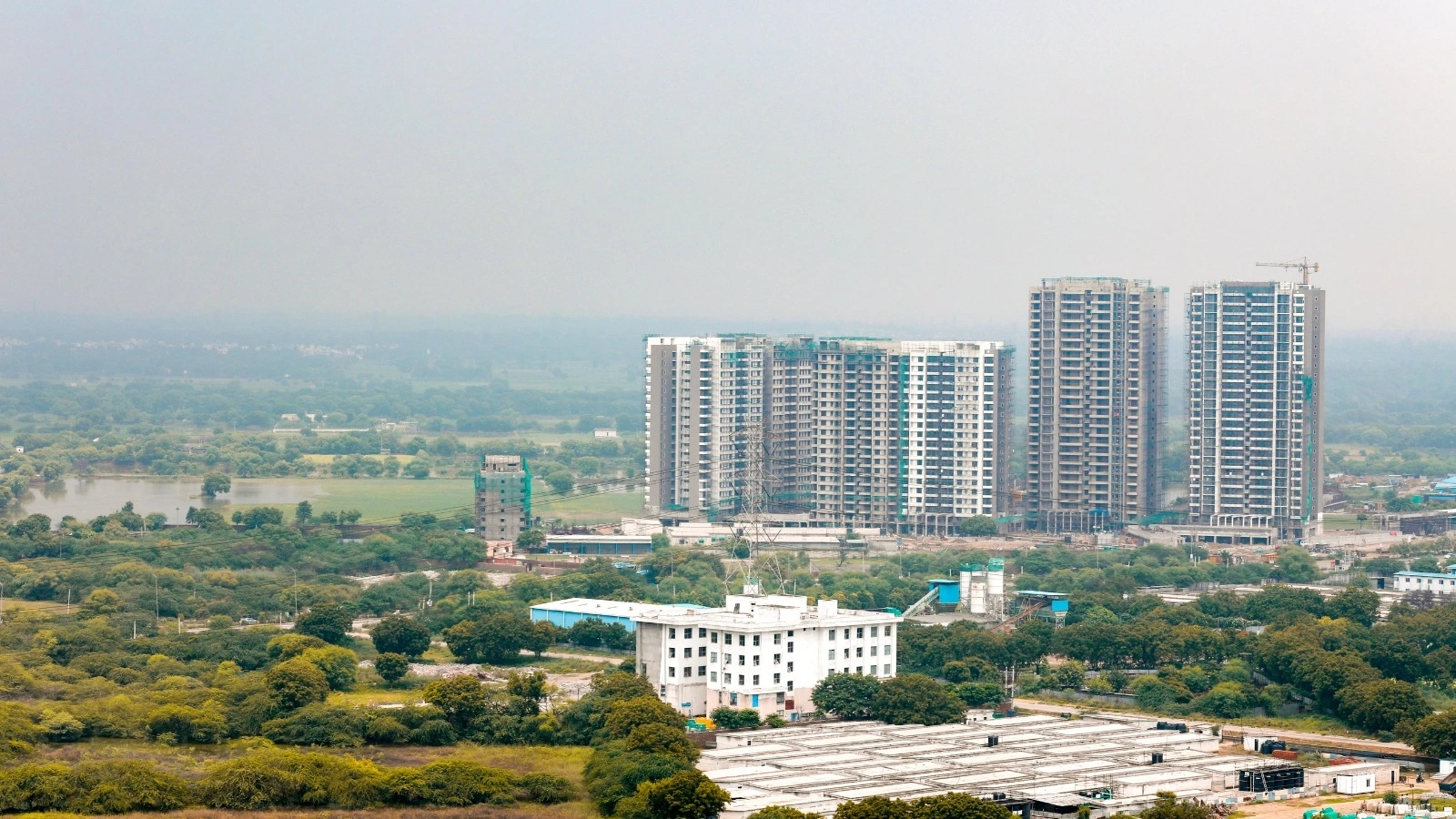Table of Content
- Why Regular Rental Property Inspections Are Essential
- Types of Rental Property Inspections
- Preparing for a Rental Property Inspection
- Conducting the Rental Property Inspection
- Post-Inspection Actions & Data Tracking
- Tips for Effective Rental Property Inspections
- Case Study: The Impact of Regular Inspections
- Benefits of Hiring a Professional Property Manager
- Key Takeaways for Landlords
- Conclusion
Being a landlord comes with significant responsibilities, especially when it comes to protecting your rental property and ensuring tenant satisfaction. One of the most critical aspects of property management is conducting regular rental property inspections. These inspections not only safeguard your investment but also help maintain good relationships with tenants and prevent costly repairs in the long run.
With India’s urban rental market growing rapidly valued at billions of dollars annually landlords are increasingly investing in multiple properties across cities. In such scenarios, a structured inspection routine becomes essential to maximize returns and reduce risks. Studies indicate that properties inspected regularly experience 30–40% fewer maintenance issues compared to those neglected, underlining the importance of proactive management.
Why Regular Rental Property Inspections Are Essential
A consistent rental property inspection process serves multiple purposes:
- Prevent Property Deterioration
Even minor issues like a leaking pipe, cracked walls, or faulty electrical wiring can escalate into costly repairs if left unattended. For instance, a small plumbing leak, if ignored, can lead to water damage costing 5–10 times the original repair amount. - Tenant Compliance & Accountability
Regular inspections ensure tenants follow the lease agreement, avoid unauthorized modifications, and maintain the property responsibly. This reduces disputes and enhances trust between landlords and tenants. - Documentation for Legal & Insurance Purposes
Inspection records provide crucial proof in case of disputes, insurance claims, or security deposit deductions. Detailed logs with photos and videos offer concrete evidence of the property’s condition. - Boost Rental ROI
Well-maintained properties attract reliable tenants and command higher rents. Research shows that rental properties with structured inspection routines retain tenants 20% longer on average, reducing turnover and vacancy-related losses.
Also Read: Hollow Bricks vs Solid Bricks Which is Right for Your Project?
Types of Rental Property Inspections
Landlords should conduct three primary types of inspections:
- Move-In Inspection
Before tenants occupy a property, document its condition thoroughly using a checklist, photos, and videos. This establishes a baseline for future inspections and helps prevent disputes during move-out. - Routine or Periodic Inspections
Quarterly, semi-annual, or annual inspections allow landlords to monitor the property proactively. Data suggests that routine inspections reduce tenant complaints by up to 25%, as minor issues are addressed early. - Move-Out Inspection
When tenants vacate, conduct a detailed inspection to assess damages and determine security deposit deductions. Document all repairable issues with photographs to support transparent communication and legal compliance.
Preparing for a Rental Property Inspection
Proper preparation is key to a successful rental property inspection:
- Notify Tenants in Advance: Most local laws require 24–48 hours’ notice. Transparent communication fosters trust and cooperation.
- Inspection Checklist: Include plumbing, electrical systems, HVAC units, appliances, flooring, walls, windows, and exterior areas. Safety features like smoke detectors and fire extinguishers should also be checked.
- Tools Needed: Carry a camera, flashlight, measuring tape, and digital devices to record findings.
- Digital Preparation: Utilize property management software to track maintenance history, record inspection results, and generate reports for easy analysis.
Conducting the Rental Property Inspection
When inspecting a property, a systematic approach ensures nothing is overlooked:
- Room-by-Room Assessment: Check all interiors, exteriors, and common areas methodically.
- Document Everything: Use photos, videos, and written notes to create a clear record. Over time, this data can reveal recurring problems and trends.
- Engage Tenants: Discuss findings, listen to concerns, and note any repair requests. Transparent communication improves landlord-tenant relations.
- Prioritize Maintenance: Classify issues by urgency. Leaks, electrical hazards, or safety concerns should be addressed immediately, while cosmetic issues can be scheduled for later.
Post-Inspection Actions & Data Tracking
After the inspection, follow a structured process:
- Share Findings: Provide tenants with the results and outline repair timelines.
- Schedule Repairs Promptly: Tracking repair costs and completion times allows landlords to plan budgets effectively.
- Maintain Records: Store detailed logs of inspections, repairs, and maintenance activities for future reference.
- Analyze Trends: Over multiple inspections, analyze recurring issues, maintenance costs, and tenant behavior to improve property management strategies.
Tips for Effective Rental Property Inspections
- Consistency is Key: Schedule inspections at regular intervals to maintain property quality.
- Professional Approach: Conduct inspections objectively to maintain credibility with tenants.
- Leverage Technology: Use apps like Buildium, Propertyware, or Rentec Direct for digital checklists, photo documentation, and tenant communication.
- Data-Driven Decisions: Use analytics from past inspections to identify high-maintenance areas and plan proactive upgrades.
- Safety & Legal Compliance: Ensure compliance with local building codes, safety regulations, and tenant laws to avoid penalties and legal disputes.
Case Study: The Impact of Regular Inspections
Consider a hypothetical case in Mumbai:
- A landlord conducted semi-annual rental property inspections and noticed recurring water leakage in one unit.
- Prompt repairs prevented extensive structural damage, saving approximately ₹1.5 lakh over two years.
- In comparison, a nearby property without regular inspections faced severe water damage and prolonged vacancy, resulting in higher repair costs and rental income loss.
This example highlights how inspections, when conducted regularly, can significantly reduce costs and preserve property value.
Benefits of Hiring a Professional Property Manager
For landlords who cannot conduct inspections personally, engaging a professional property manager is highly beneficial:
- Market Knowledge – Insight into local rental rates, demand, and trends ensures competitive pricing.
- On-Ground Support – Handles day-to-day tasks such as repairs, maintenance, and tenant communication efficiently.
- Tenant Selection – Screens tenants thoroughly, reducing risks of non-payment or property damage.
- Communication – Acts as a primary point of contact for tenants, ensuring prompt and effective responses.
- Legal Expertise – Ensures compliance with local landlord-tenant laws, safety standards, and eviction procedures if necessary.
Statistics indicate that professional property management can improve rental ROI by 10–15% annually due to better maintenance, lower vacancy rates, and enhanced tenant retention.
Also Read: Top Construction Companies in Gurgaon Shaping the City’s Real Estate Growth
Key Takeaways for Landlords
- Conduct rental property inspections consistently to prevent costly repairs and maintain property value.
- Use checklists, documentation, and technology to ensure thorough inspections.
- Engage tenants transparently and prioritize urgent maintenance issues.
- Track inspection data over time to identify trends and improve property management strategies.
- Consider hiring a local property manager if managing multiple or distant properties.
Conclusion
Regular rental property inspections are essential for every landlord aiming to protect their investment and foster positive tenant relationships. By combining structured inspection routines, technology, and professional expertise, landlords can reduce maintenance costs, prevent disputes, and enhance rental ROI.
In an increasingly competitive rental market, proactive property management ensures that your investment remains profitable, tenants are satisfied, and legal compliance is maintained. Whether you manage properties locally or across cities, adopting a disciplined inspection strategy is the cornerstone of successful real estate investment.










Ans 1. A rental property inspection is a scheduled evaluation of a property’s condition to ensure it’s being properly maintained by tenants and remains compliant with safety and legal standards. It helps landlords identify maintenance issues early and prevent costly repairs.
Ans 2. Ideally, landlords should conduct inspections at least twice a year once midway through the lease and once before or after tenant turnover. However, the frequency may vary based on local regulations and property type.
Ans 3. Yes. Most Indian tenancy laws require landlords to provide 24–48 hours’ notice before entering the premises for inspection. This ensures transparency and maintains a healthy landlord-tenant relationship.
Ans 4. A standard checklist includes plumbing, electrical systems, flooring, walls, appliances, windows, HVAC units, and exterior areas. Safety equipment like fire alarms, extinguishers, and locks should also be verified.
Ans 5. Regular inspections help detect early signs of damage, ensure tenant compliance, maintain property value, and reduce long-term maintenance costs. Well-maintained properties also attract quality tenants and higher rental yields.
Ans 6. While possible with prior notice, it’s advisable for tenants to be present. This promotes transparency, allows both parties to discuss issues, and minimizes future disputes.
Ans 7. After completing the inspection, landlords should share a summary report with tenants, highlight required repairs, and schedule maintenance work. Proper documentation helps with insurance claims or deposit settlements later.
Ans 8. Digital platforms like Buildium, Propertyware, and Rentec Direct allow landlords to conduct inspections using mobile checklists, store photos, and maintain records efficiently.
Ans 9. Yes. For landlords with multiple or distant properties, hiring a property manager ensures consistent inspections, quick maintenance response, and legal compliance, improving overall ROI.
Ans 10. Properties inspected regularly face fewer repair costs, retain tenants longer, and experience lower vacancy rates. This consistency can improve rental ROI by 10–15% annually, according to industry estimates.